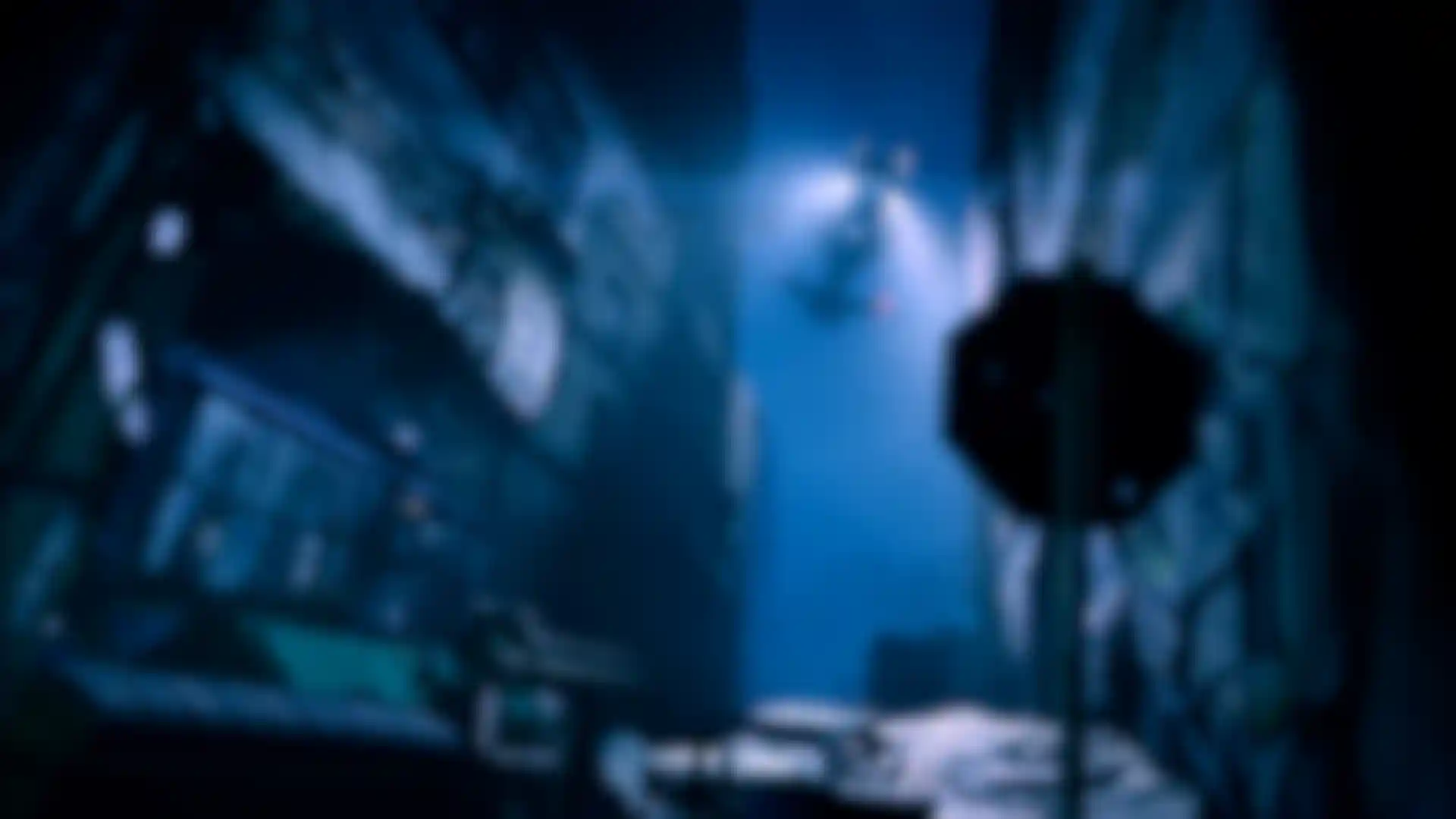
Recreating the Look of an Iconic Franchise in 3D Jamie Martin talks about his new 3D short, “Terminator: Hunter Killer.”
Jamie Martin’s short, fan film “Terminator: Hunter Killer” has so far garnered more than 500,000 views on YouTube, and is easily one of the most exciting shorts released in 2021. Made entirely by Martin, a U.K.-based, award-winning concept artist, the film was released in celebration of the 30th anniversary of “Terminator 2: Judgment Day.”
Using Cinema 4D, Photoshop, Illustrator and Premiere, as well as assets and props from other generous 3D artists, Martin aimed to recreate the look and feel of the “future war” sequences from the first Terminator film.
So let’s dive into how Martin successfully achieved the post-apocalyptic visual feel of “The Terminator” franchise to tell a tale of humans trying to survive after Judgment Day.
Tell us a little bit about yourself and your work as a concept artist?
Martin: I’m a concept artist in the entertainment industry, working primarily on films and games. I studied to be a car designer, but my career seemed to naturally move towards the entertainment field. My role is quite broad, covering all aspects of visualizing concepts for different projects, ranging from initial ideation and pre-production visual exploration to industrial design, architecture, environments, pitches and much more.
After working as a 2D artist, I started exploring 3D when I got my first job creating marketing visuals for computer games. I taught myself Cinema 4D on the job and in my spare time. Cinema 4D was the perfect tool for working on marketing visuals and it was so easy to learn. And because I knew C4D, I was in good stead for my first job working as a concept artist doing pre-vis work on Alfonso Cuaron’s film "Gravity".
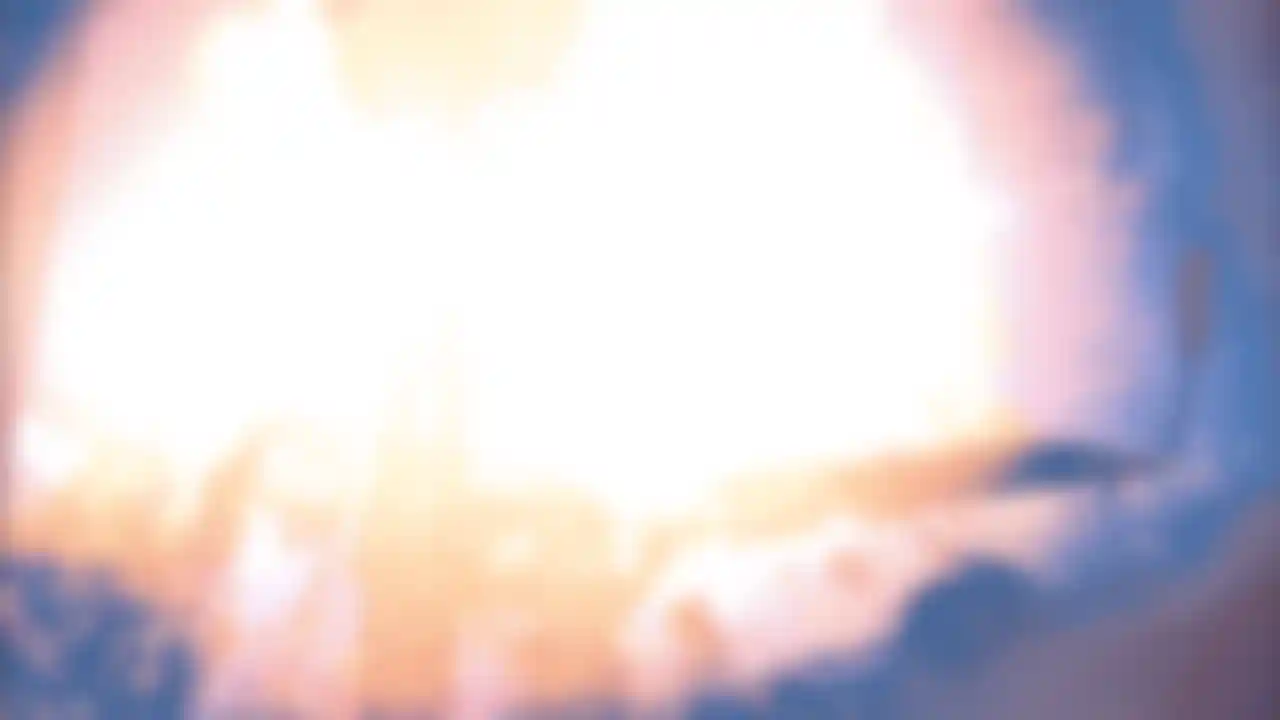
I read that you didn’t use any miniatures for this. Tell us about your process.
Martin: I didn’t intend to create a short film when I started the project. At first, I was just going to create a few short scenes showing some Hunter Killer aircraft roaming around a desolate wasteland. The visuals were to be accompanied by a new remix of Terminator-inspired music I was working on. I do remixes for another of my YouTube channels as a hobby.
Once I’d created my first test footage, I started thinking about doing something more in-depth and soon the six-month-long adventure began! The future war scenes in the original films, “The Terminator” and “Terminator 2,” were a combination of full-scale elements combined with miniature models. They were filmed with real actors and cameras, using real pyrotechnic explosions in studio settings.
I didn’t have the scope or budget to be able to match that, so it made sense to go with what I already knew, Cinema 4D. I was curious to see if I could achieve a similar look by tackling it entirely digitally. Despite that, I did approach my project in a more traditional-filmmaking way, as if I were using miniature models in a studio like they did.

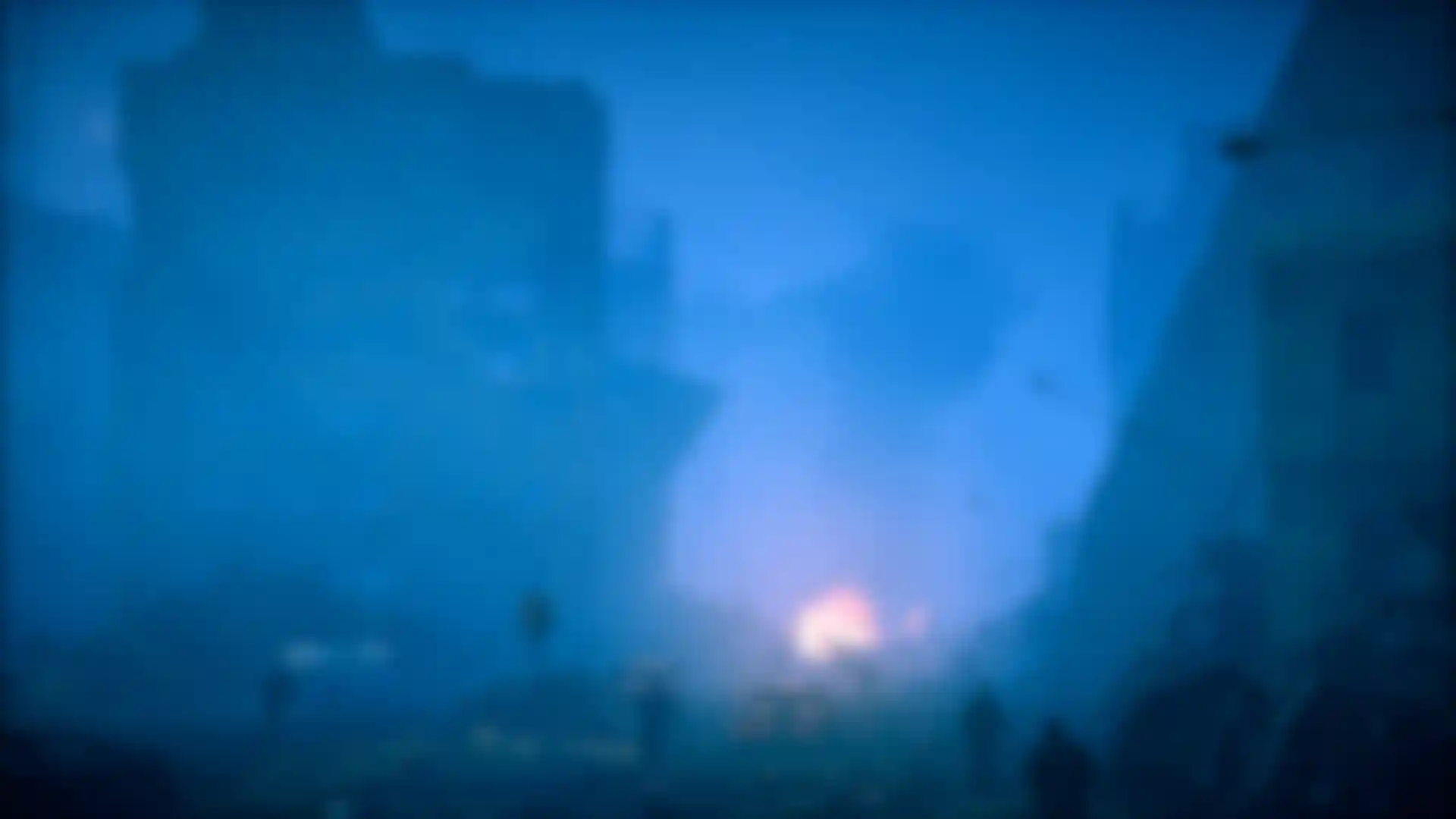
I used C4D fog in place of real fog and simple planes with animated materials and alphas for explosions, fire and smoke. And I used C4D’s native particle system to create the look of dust blowing across the wasteland. I’ve studied movie-making techniques over the years and having a deep understanding of some old-school methods made it easier for me to adopt and/or adapt them for my short film.
Tell us about how you used Xrefs for this.
Martin: Given the scope of the project, I realized I was going to need a lot of assets to create the vision I had in my head that included a massive, destroyed world littered with ruined buildings, debris, skeletons and so on. First, I gathered a vast selection of suitable, good-quality 3D assets.
With no budget, I plundered many of the popular 3D websites, like SketchFab and TurboSquid, and was delighted to find a wealth of extremely generous and talented 3D artists who had made some of their models available to download for free. Over the course of a few weeks, I was able to gather all of the models I would potentially need.
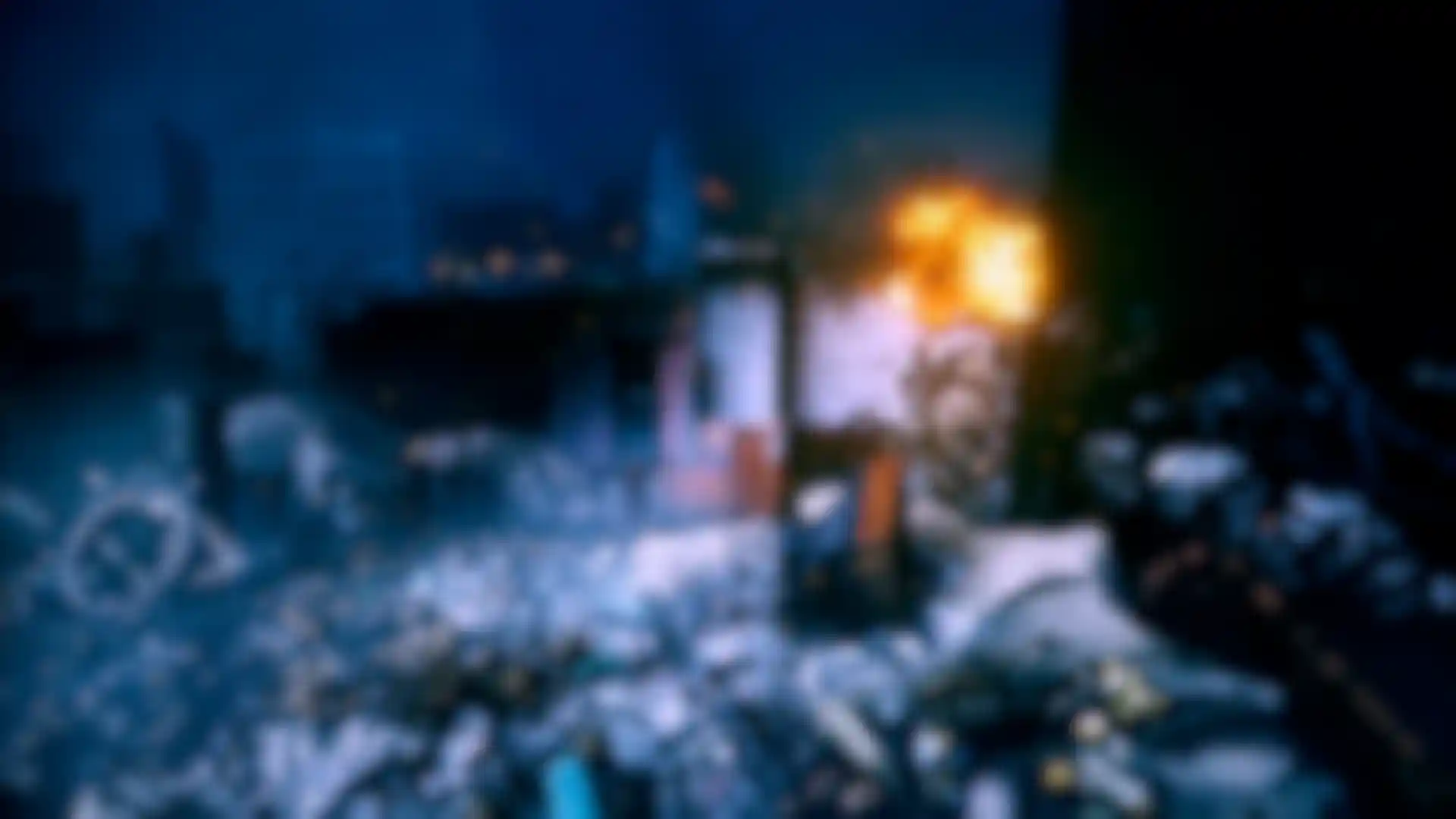
I had to optimize each one individually, as many models were very high-poly and hundreds of megabytes each. I also had to make sure that each model was set to the same scale and axis. To keep project scene file sizes to a minimum, I researched possible options for using reference objects within C4D. That’s when I learned about Xrefs, which I’d never used before.
I created a series of Xref objects for each scene, each of them referencing a unique 3D asset. That way I could use Xref objects wherever they were needed while keeping the scene file sizes low, and any updates made to individual 3D asset was carried over to all of the Xrefs of it in the various project scenes.
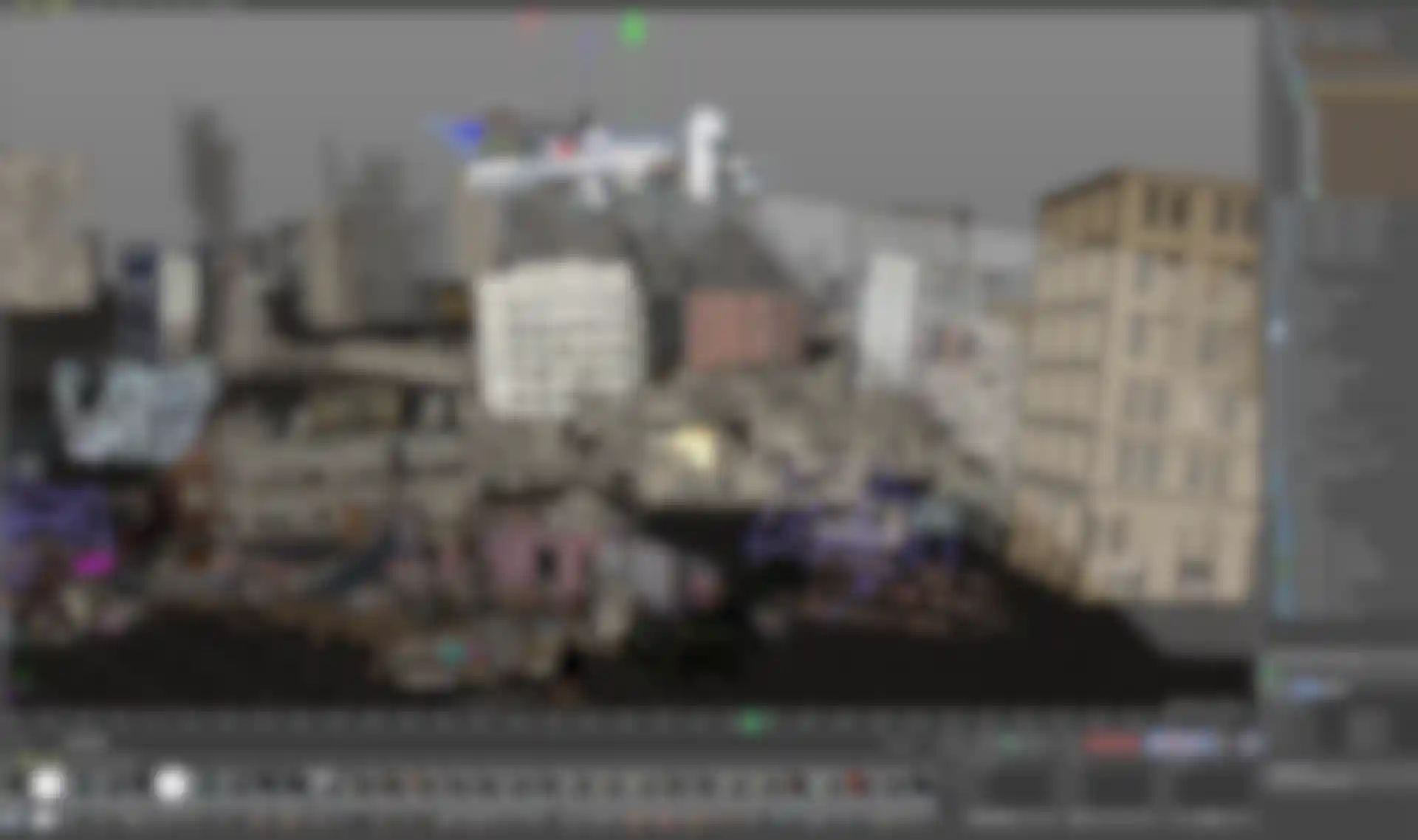
How did your work as a concept artist help you tackle this project specifically?
Martin: Technically, all of my experiences creating concept art in C4D provided the fundamental know-how on how to tackle development of the film. And I approached most of the individual scenes as separate pieces of artwork that required careful consideration in terms of composition.
I knew quite early that I wanted the opening shot to be a panoramic view of the devastated city, and I decided that the establishing camera framing would begin as a close-up that slowly pans, transitioning to a dolly that pulls back to reveal a wider view of the environment. I just had to split the scene up into its separate parts: the initial group of toys, the destroyed buildings in the foreground and middle ground and a few layers of distant, silhouetted building ruins.
Are you working on anything else that’s inspired by the Terminator universe?
Martin: I don’t have any immediate plans to explore it any further than what you see in “Terminator: Hunter Killer.” I’d really love to take the project up a huge notch with a budget, actors and a crew of filmmakers, but Terminator is obviously owned by others so that’s not a possibility.
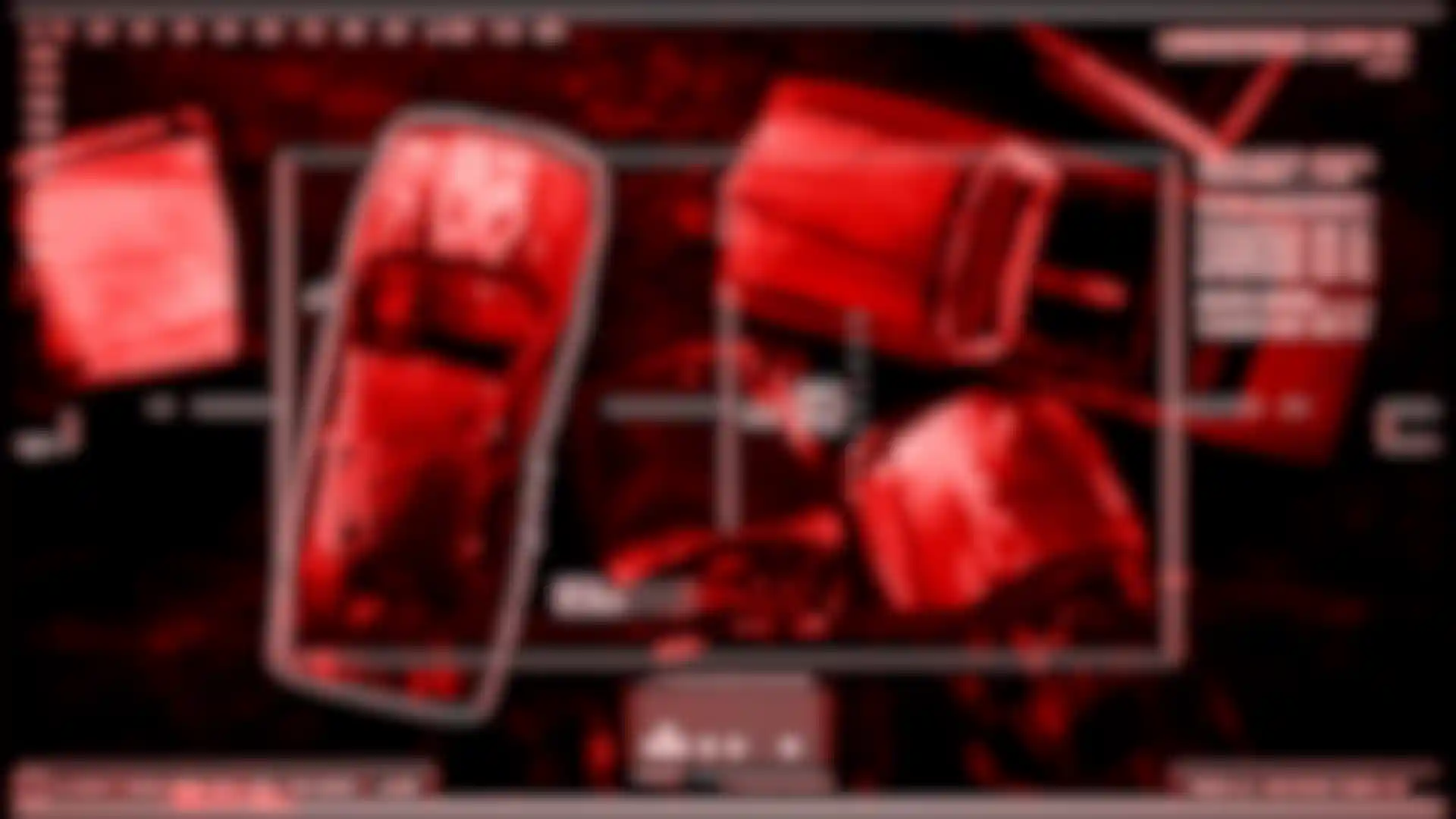
Funnily enough, I received a lot of complimentary comments regarding the music mix I created for the film. So I’ll likely share a version of the short film with just the music track for those who would like to experience it in that way.